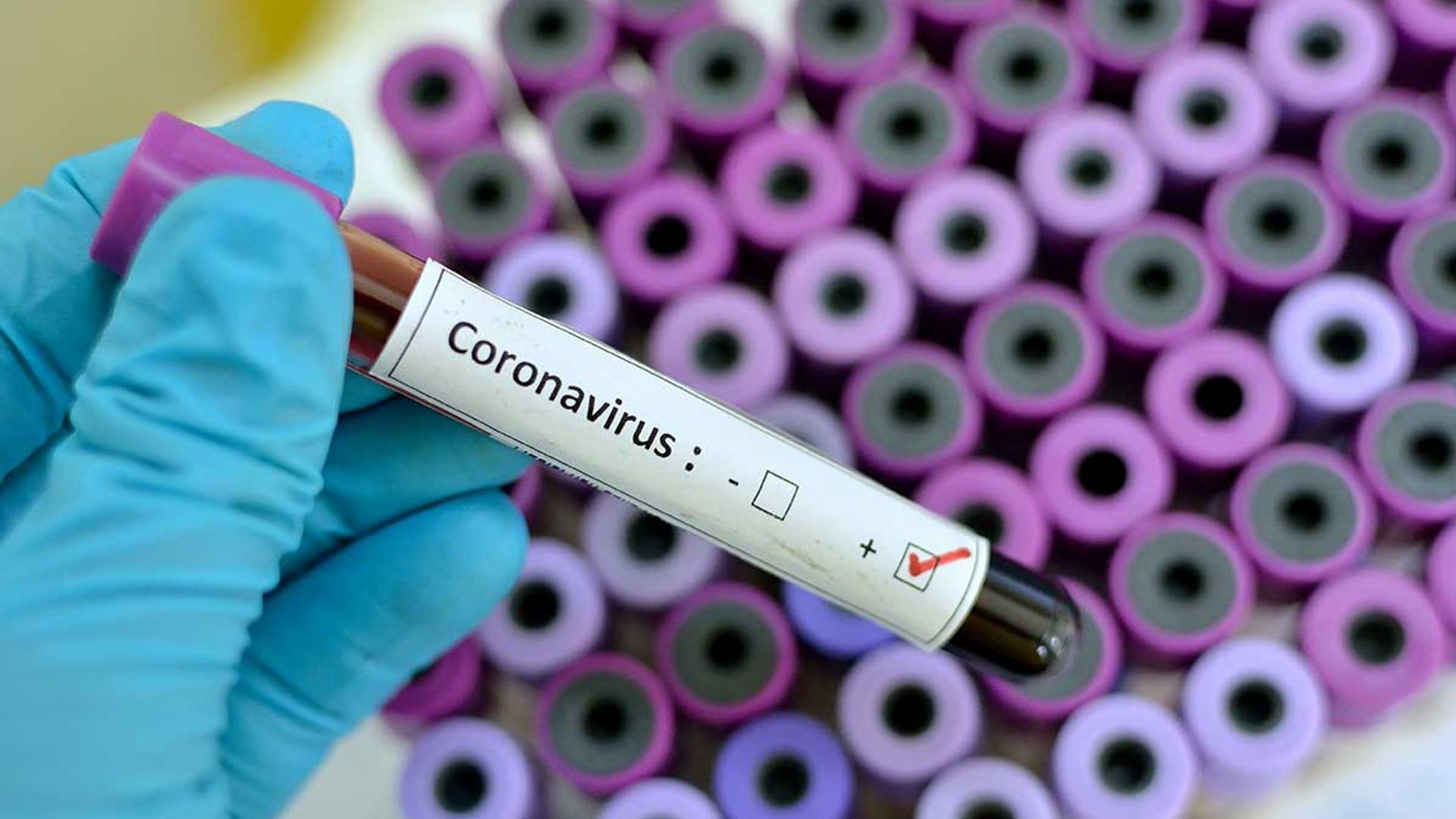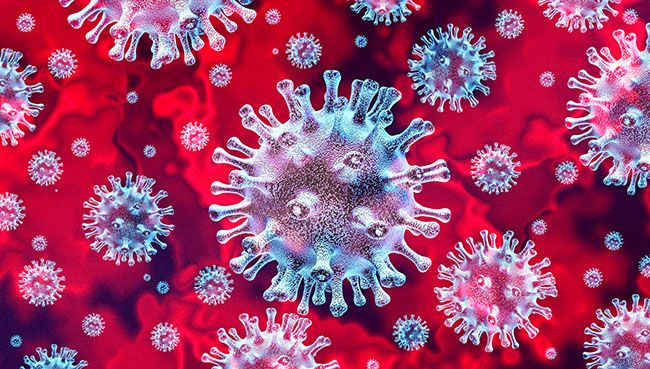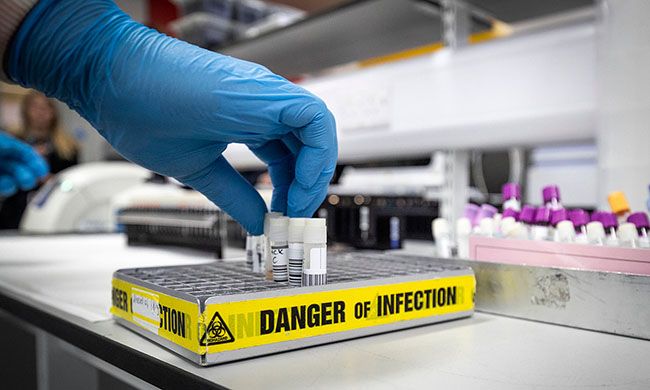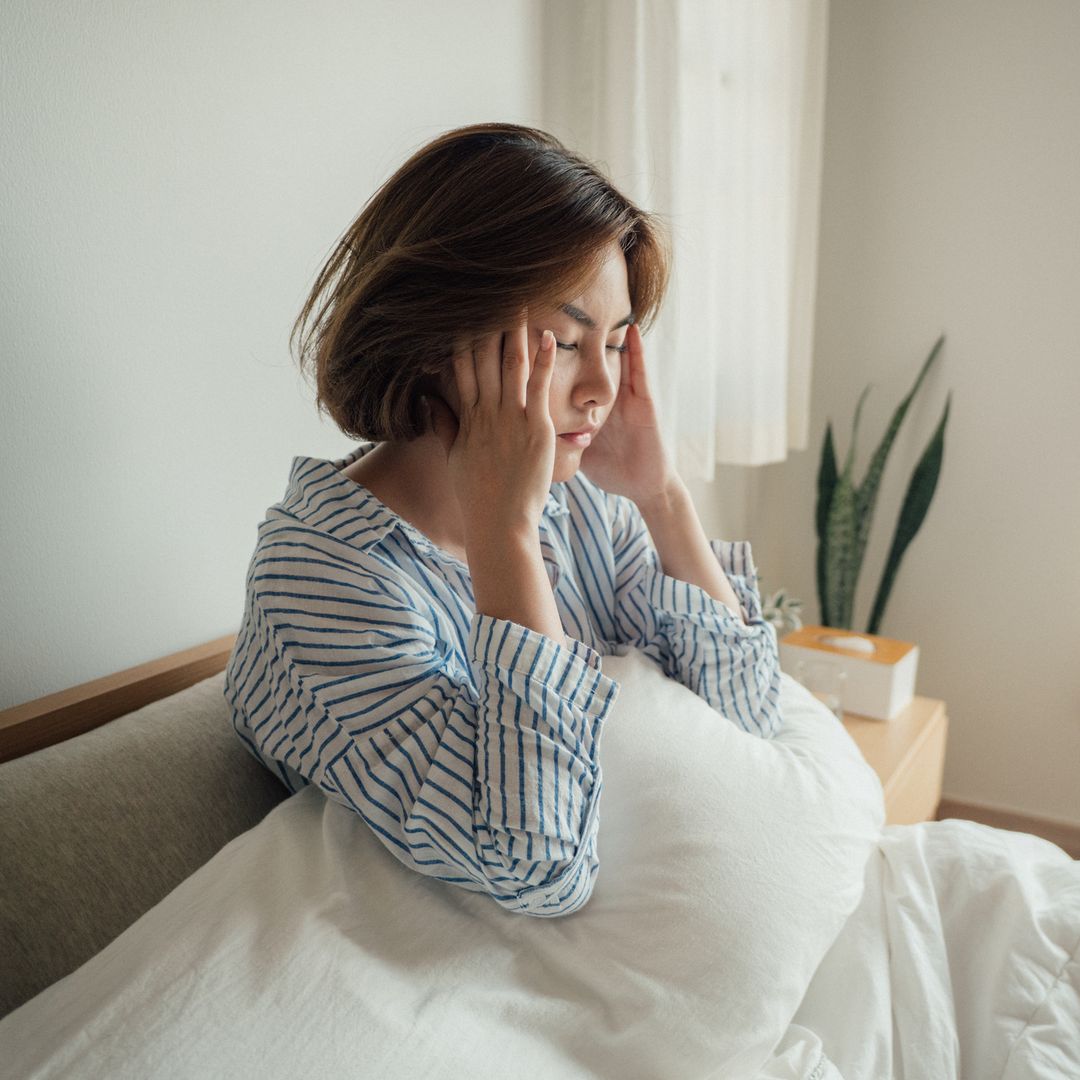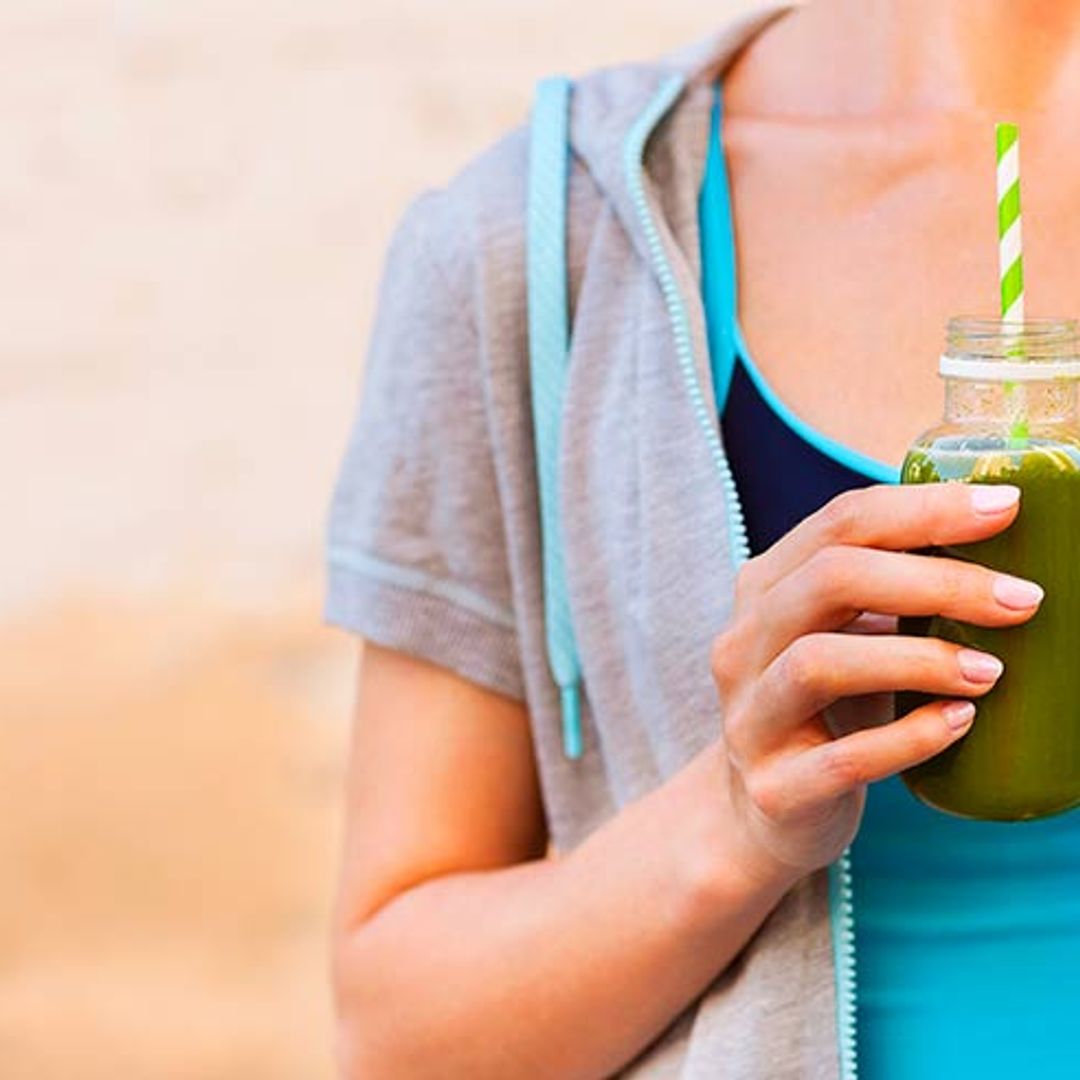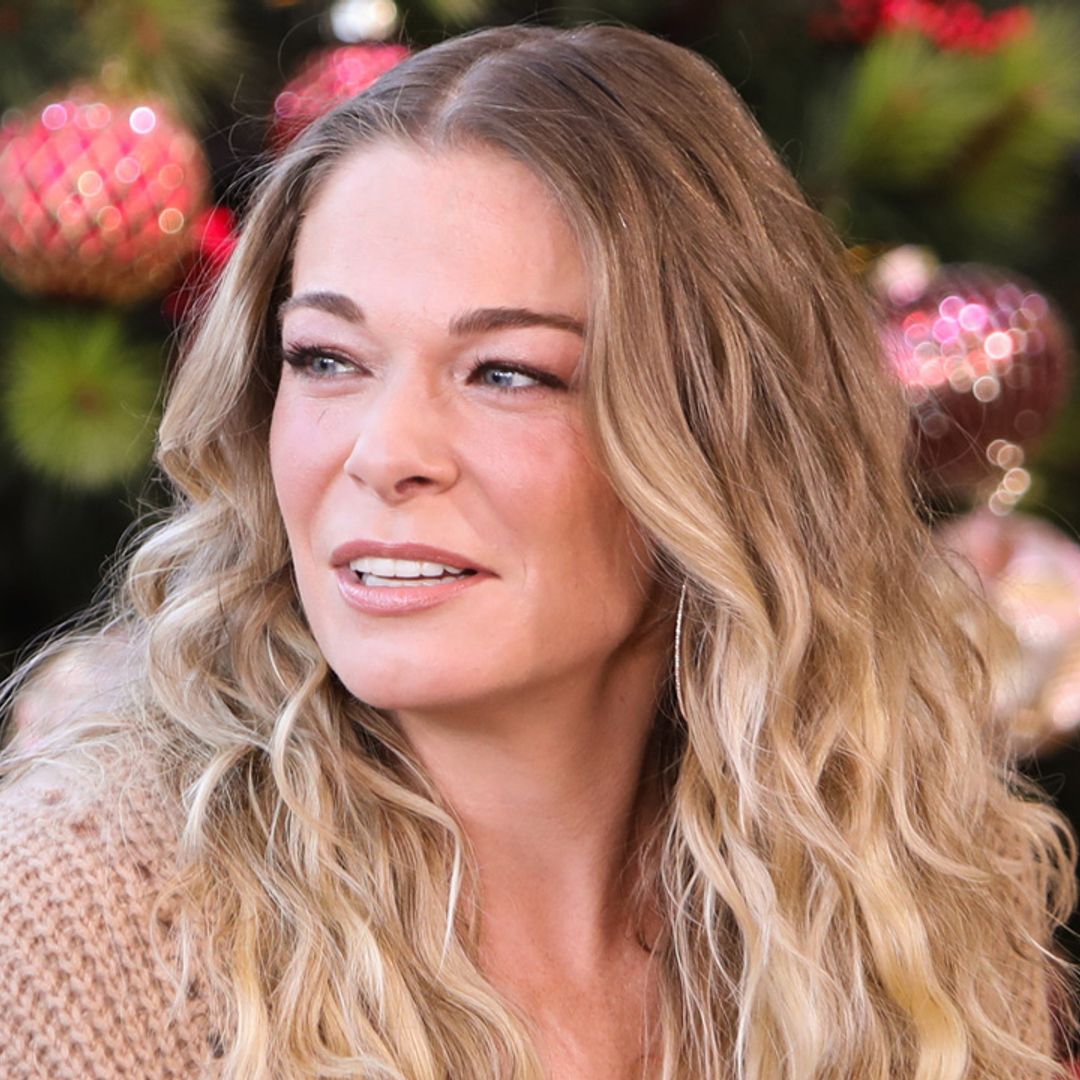With the whole world in the grip of coronavirus (COVID-19), the NHS has kept everyone updated by sharing frequent advice on how to cope with the illness as the outbreak continues to grow and the government rushes to implement their response. Coronavirus itself is spread via droplets from the nose and mouth and can be transmitted on to the hands and passed on via a simple handshake.
People have been warned to stay at home for seven days if they have either a high temperature and/or a new continuous cough. "Do not go to a GP surgery, pharmacy or hospital," the NHS website explains. "You do not need to contact 111 to tell them you're staying at home."
What is a Pandemic? Find out in the video above
Over the past three weeks, a Spanish doctor - who has been diagnosed with coronavirus - has chronicled his symptoms in a series of social media updates. Dr Yale Tung Chen has confirmed to HELLO! that he caught the infection whilst treating patients at a hospital in Madrid. Taking to his Twitter page, Dr Chen has been sharing pictures of his ultrasounds scans of his lungs and has described how each symptom has been affecting his body.
Day one – 9 March
"Day 1 after #COVID diagnosis. Sore throat, headache (strong!). Dry cough but not shortness of breath. No lung US abnormalities. Will keep a #POCUS track of my lungs. #coronavirus @TomasVillen @ButterflyNetInc."
READ: Coronavirus anxiety - This Morning's experts urge people to this breathing technique
Day two – 10 March
"Day 2 after #COVID diagnosis. Less sore throat, cough and headache (thank God!), still no shortness of breath or pleuritic chest pain. #POCUS update: small bilateral pleural effusion, thickened pleural line and basal b-lines (plaps). #coronavirus @TomasVillen @ButterflyNetInc."
Day three – 11 March
"Day 3 after #COVID diagnosis. No sore throat/headache. Yesterday was cough day, still no shortness of breath/chest pain. Diarrhoea started, lucky cough got better. #POCUS update: similar effusion, seems less thickened pleural line + no b-lines (PLAPS). #mycoviddiary."
Day four – 12 March
"Day 4 after #COVID diagnosis. More cough and tiredness (very badly), still no dyspnea /chest pain. #POCUS update: Right side on resolution, Left side a more thickened pleural line + 2 subpleural consolidations. #mycoviddiary."
Day five – 13 March
"Day 5 after #COVID diagnosis. Less cough and tired, still no dyspnea/chest pain. #POCUS update: Effusion resolved, as subpleural consolidations spread bilaterally on both posterior lower lobes. Started on HCQ yesterday. #mycoviddiary."
Day six – 14 March
Day 6 after #COVID diagnosis. Less cough, bit tired, still no dyspnea. No fever. Oxygen saturation 98%. #POCUS update: thick pleural line, b-lines and subpleural consolidations tend to resolve. Significant lung improve from yesterday.
Day seven – 15 March
Day 7 after #COVID diagnosis. Cough and weakness got worse (again), still no dyspnea. No fever. SpO2 96%. #POCUS update: similar to yesterday - thick pleural line, b-lines & consolidations tend to resolve. On paracetamol + HCQ. Stopped NSAIDs.
READ: How Prince William and Kate will home-school their children during coronavirus
Day eight – 16 March
Day 8 after #COVID diagnosis. Less Cough & similar weakness, still no dyspnea or red flag symptoms. No fever. SpO2 96%. #POCUS update: Right resolved. Left lower lobe much better. Left lateral appeared new focal B-lines. On paracetamol + HCQ.
Day nine – 17 March
Day 9 after #COVID diagnosis. Feeling slightly better. More cough. No dyspnea or red flag symptoms. No fever. SpO2 97%. #POCUS update: similar to yesterday. Left lower and lateral with thick pleural line & focal B-lines. On paracetamol + HCQ.
Day ten – 18 March
Day 10 after #COVID diagnosis. Less tired, but more cough, ageusia and anosmia. No dyspnea or red flag symptoms. No fever. SpO2 97%. #POCUS update: Right, Left lower & lateral with thick pleural line & focal B-lines. On paracetamol + HCQ.
Day 11 – 19 March
Day 11 after #COVID diagnosis. Less tired and cough, unable to endure small efforts. No dyspnea or red flag symptoms. No fever. SpO2 98%. #POCUS update: Bilateral subpleural consolidations, thick pleura & focal B-lines. On paracetamol + HCQ.
Day 12 – 20 March
Day 12 after #COVID diagnosis. Better, main symptoms cough, nausea and diarrhoea. No dyspnea or red flag symptoms. No fever. SpO2 98%. #POCUS update: Subpleural consolidations resolving, thick pleura & B-lines, small effusion. On azithromycin+HCQ.
Day 13 – 21 March
Day 13 after #COVID diagnosis. Lesser cough, weakness, nausea and diarrhoea. No dyspnea or red flag symptoms. No fever. SpO2 97%. #POCUS update: two subpleural consolidations (resolving), thick pleura and Bil scattered B-lines. On azithromycin+HCQ.
MORE: Louise Pentland's 6 tips for working from home with children
Day 14 – 22 March
Day 14 after #COVID diagnosis. Less symptoms - cough, weakness, nausea, light headache. Regain appetite/smell. No fever/dyspnea. SpO2 98%. #POCUS update: Improving - thick pleura and bilateral scattered B-lines, no effusion. On azithromycin+HCQ.
Day 15 – 23 March
Day 15 after #COVID diagnosis. Similar cough, less weakness. Diarrhoea due azithromycin. No fever or shortness of breath. SpO2 97%. #POCUS update: Similar to yesterday, thick pleura and bilateral scattered B-lines. On azithromycin(5d)+HCQ(11d).
Day 16 – 24 March
Day 16 after #COVID diagnosis. Similar dry cough, but with good energy and high spirit. No fever or dyspnea. SpO2 97%. #POCUS update: Improved, less thickened pleura & less bilateral B-lines. On HCQ (D12). Waiting the re-test on Friday.
Day 17 – 25 March
Day 17 after #COVID diagnosis. Less cough, nausea and more appetite, energy. No fever or dyspnea. SpO2 97%. #POCUS update: right side resolved, left lateral and lower less thickened pleura & B-lines.
GALLERY: Incredible photos showing UK landmarks before and after lockdown
Day 18 – 26 March
Day 18 after #COVID diagnosis. Similar cough. No fever or dyspnea. SpO2 97%. #POCUS update: slight worsening. Bilateral thickened pleura & B-lines, subpleural consolidation reappeared.
Day 19 – 27 March
Day 19 after #COVID diagnosis. More cough and weakness. No fever or dyspnea. SpO2 97%. #POCUS update: Subpleural consolidation got bigger on left lower lobe. Yesterday started levofloxacin (bacterial sobreinfection?).
Day 20 – 28 March
Day 20 after #COVID diagnosis. Almost recovered. SpO2 96%. #POCUS update: Significant improvement, remains thick pleura and B-lines. Yesterday tested NEGATIVE. I will try update a lung scan every week. FINALLY, I am returning to the TRENCHES.
Dr Chen then thanked his followers for their ongoing support over the three-week period, writing: "I wanted to deeply and sincerely THANK YOU for all your words of support. I apologise for the DM & questions unanswered." A week later, the medic shared another update with his followers. "Day 7 after #COVID recovery," he wrote. "SpO2 98%. Slight dry cough remaining. #POCUS update: thick pleura & confluent B-lines in lower lobes similar to a week ago. Currently not taking any medication. Happy to be back at work (and doing more scans than ever, so useful!) #mycoviddiary."
So what are the early warning signs?
Health officials say the most common symptoms of coronavirus infection usually include a cough, a high temperature and shortness of breath.
RELATED: Celebrities affected by coronavirus: from Tom Hanks to Robbie Williams
Are there any other symptoms?
Some patients may have muscle pains, runny nose, sore throat or diarrhoea. Is there any treatment for coronavirus? At the moment there is currently no specific treatment for coronavirus. "Antibiotics do not help, as they do not work against viruses," the NHS website reads. "Treatment aims to relieve the symptoms while your body fights the illness. You'll need to stay in isolation, away from other people, until you have recovered."
You can treat yourself for flu by getting rest and staying warm. Taking paracetamol can also help lower your temperature and treat any aches. Also, drinking plenty of water will help avoid dehydration.
When should I call 111?
The NHS advises those cannot cope with their symptoms at home should telephone the line or if your condition worsens.
For more information, visit nhs.uk/conditions/coronavirus-covid-19/
Like this story? Sign up to our newsletter to get other stories like this delivered straight to your inbox.
